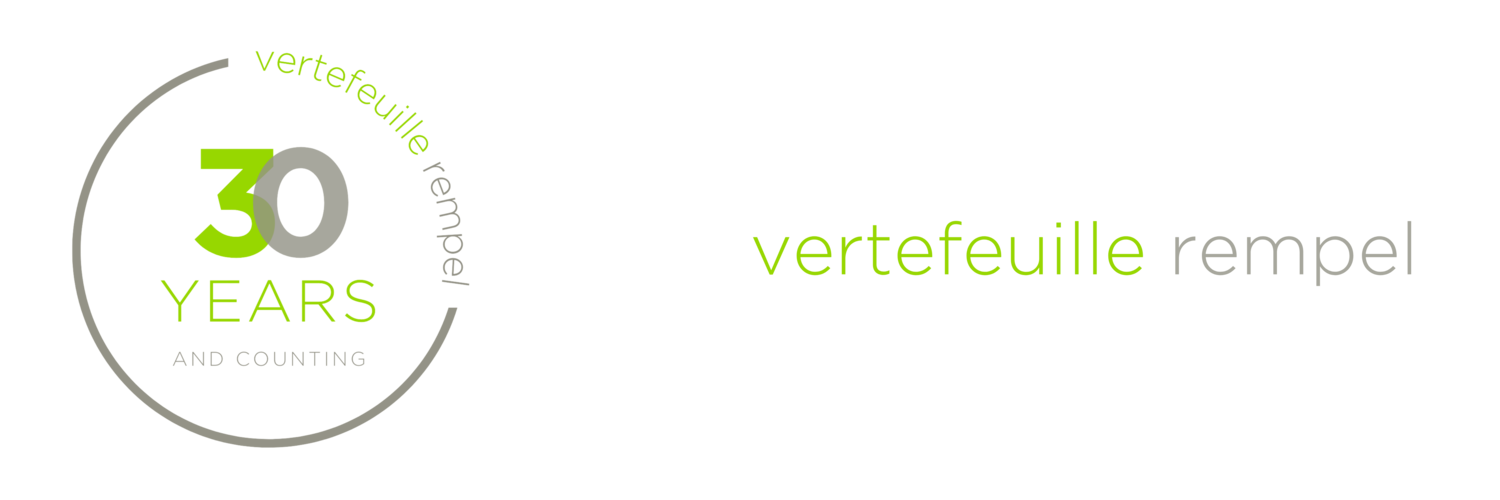Start Using These Quickbooks Features Now
Over the years, we’ve come across various different features of the software and here are a few that the team thought might be helpful for you. All of the features noted below are included in the monthly QBO fee that you are already paying.
1. Bank and credit card account linkage for automatic download
This is our favourite feature and one that saves the most time in the long run. There is some setup time initially but then you are golden. The transactions will all be pulled into a temporary area of QBO. All you have to do is assign them to the appropriate revenue or expense category, with the matching GST code.
If you really want to take this to the next level, you can implement rules and GST settings and QBO will start to assign accounts to the transactions automatically. In this situation, it pays to take the time to make sure your setup is done correctly at the beginning. A little time spent with that will save hours of heartache later. Trust us on that one.
2. Receipt scanner as a filing system
This feature allows you to take a picture of your receipt and code it to the appropriate expense account (either now or later). Once coded, it is entered into your bookkeeping. In future, you can view the receipt at any time by going to that transaction. This is handy for your accountant as well at year-end. Instead of asking questions and you trying to find the paperwork, we will be able to just view the actual receipt within your records. Don’t worry, you will still hear from us. We’d miss you otherwise.
3. Mileage tracking
If you do any driving for business purposes, this one is for you! You’ve probably heard us talk about mileage logs for years now. And this is a quick and easy way to track the mileage as well as calculate the expense deduction at the end of the year.
All you do is: turn on the automatic mileage tracking and categorize the trip once you have arrived (it’s a simple swipe for coding as business or personal). We can take the expense calculation from there.
4. Dashboard and graphs
The QBO dashboard is the first screen you see when you open the page. This area gives you a high-level look at how business is doing. The results are based on the current date but this is easily changed for the past month, year, etc. You can see your bank and credit card balances, revenue and expenses to date, etc.
And if you like the visuals, you can also view your results in a graph format. Month-to-month or year-to-date comparisons are easy to see and can be modified as you need.
Want to chat more about these options? Need a hand implementing any of them? Kristin is our in-house problem-solver and the team would be happy to help.
If you have a feature, you love that we missed, please share it with us! We’re always learning and maybe there are others we can help with this knowledge.
